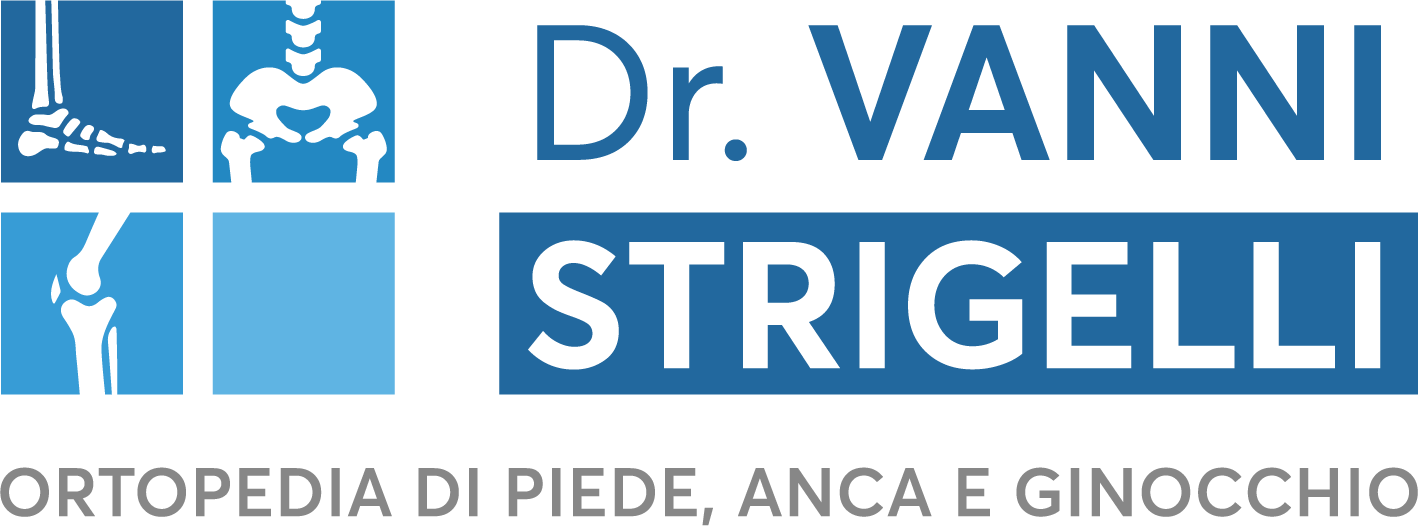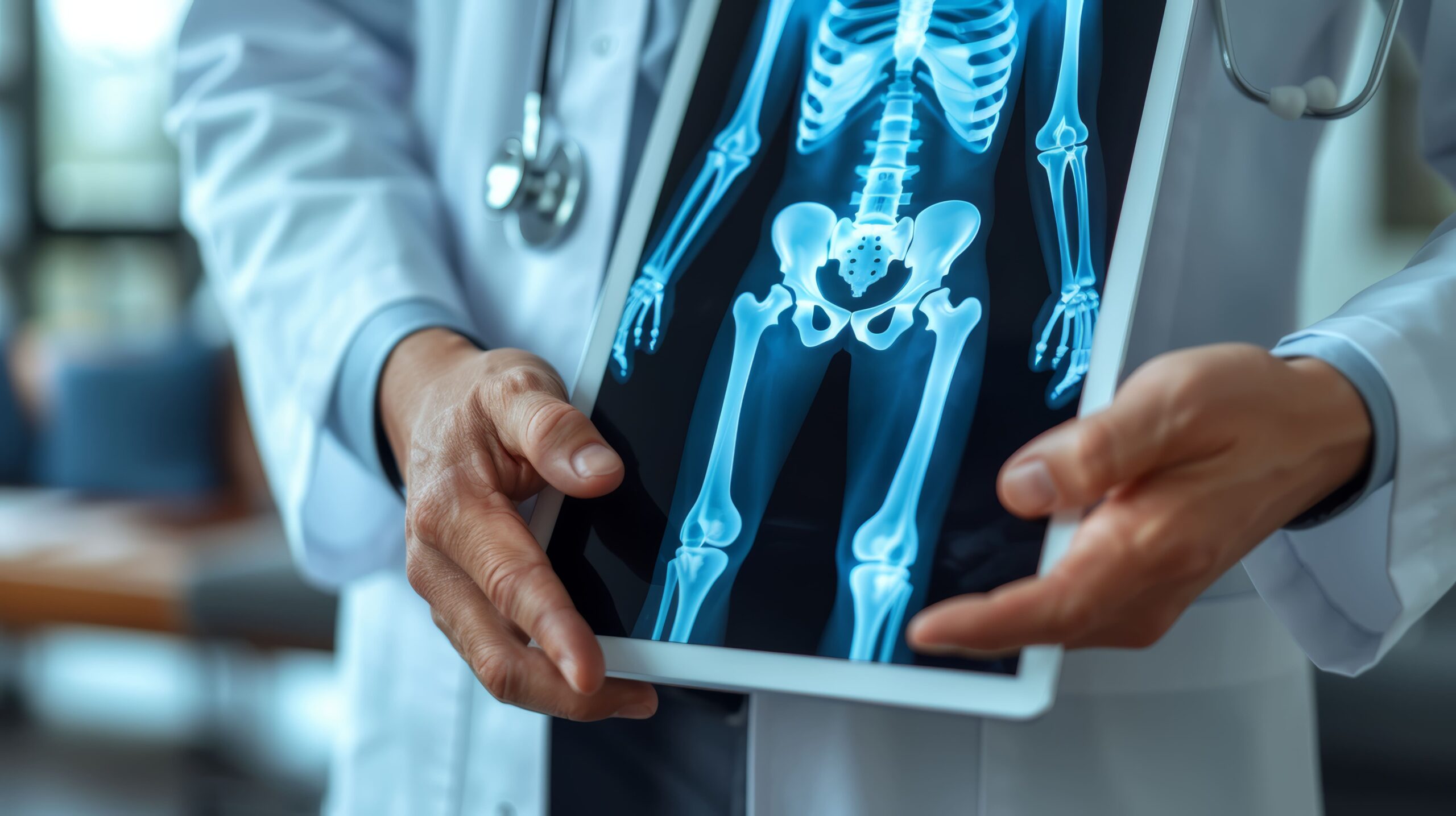The importance of a specialist orthopedic hip examination to identify specific conditions.
When you start feeling pain or stiffness in the hip, buttock, or groin area, it is necessary to accurately determine the cause.
It could be an abdominal issue like an inguinal hernia, a spinal problem, or a hip disease.
Pain may manifest in the buttock area, along the side of the thigh, and in the groin.
Having difficulty walking or running and experiencing muscle or joint pain are important reasons to consult a specialist without delay.
A diagnosis is the best way to confirm the issue, whether it is congenital (present from birth) or acquired (resulting from trauma, disease or the normal aging process) and to evaluate possible treatments up to hip replacement surgery.
The hip, after all, is the structure that supports the body’s weight during daily activities and plays an essential role.
This is why it is necessary to check for specific pathologies affecting this crucial joint through a specialist orthopedic hip examination.
What is a hip orthopedic examination?
The orthopedic examination is the medical assessment in which the specialist evaluates and verifies the existence of one or more pathologies related to the joint.
The hip is the structure of the body responsible for connecting the pelvis with the lower limbs and it is involved in many daily movements and activities.
A medical examination is always essential for a correct diagnosis.
What is the purpose of the orthopedic examination of the hip?
Specifically, in the case of hip disorders, specialized orthopedic examination is absolutely essential to understand the problem.
The phase of the differential diagnosis is based on:
- medical history: the story and characteristics of the disorder;
- physical examination: the visit;
- possible study of instrumental tests recommended by the specialist (X-rays, etc.).
It is clear that a correct diagnosis can prevent unnecessary interventions and may allow for preventive therapy to limit joint degeneration.
Through careful specialist examination and the prescription of more in-depth diagnostic investigations, the orthopedist can formulate a hypothesis about the origin of the disorder.
At other times orthopedic examination is necessary to periodically monitor the condition of a hip affected by arthritis or another condition and to adjust, if necessary, the therapy to the new conditions of the joint.
At the same time a follow-up visit allows for verifying whether it is advisable to proceed with surgery.
What pathologies can be identified through orthopedic examination of the hip?
Orthopedic examination of the hip allows for identifying the underlying cause of the patient’s pain, stiffness and mobility difficulties, primarily highlighting the presence of arthritis.
When the diagnosis is arthritis, sometimes a hip replacement surgery becomes indispensable.
The condition involves the wearing down of the cartilage layer protecting the joint, leading to its complete destruction.
Such situations often result in significant pain for the patient, originating from the groin area and possibly extending to the buttock or traveling down the thigh to the knee.
Other conditions detectable during the orthopedic examination of the hip include:
- hip osteoarthritis;
- trochanteric bursitis and tendinitis: causing pain and snapping in the lateral (outer) region of the hip;
- femoroacetabular impingement (FAI) or “impingement”: a bony shape where the femoral head does not move freely in the acetabular “cup” due to some abnormal contact points;
- chondrocalcinosis: deposits of calcium “stones” within the joint;
- femoral head necrosis: a bone disease resulting from poor blood supply leading to cell death and bone weakening;
- congenital dislocation or hip dysplasia: a bone malformation where the femoral head is not properly housed within the acetabular “cup”.
In the most severe cases, after a specialized orthopedic examination, surgery may be necessary to implant a prosthesis.
How is the orthopedic examination of the hip conducted?
The orthopedic examination of the hip typically lasts from 20 to 30 minutes.
During the examination the specialist gathers the patient’s medical history, including information about their health status, any past or current illnesses and family medical history (recurrent diseases in the family). The characteristics of the condition (location, frequency, intensity, and associated symptoms) are also assessed.
Next, a physical examination of the hip is performed, evaluating pain, range of motion and muscle strength through palpation, mobilization and specific tests.
Additionally, the specialist reviews any available reports of X-rays or joint analyses to check for abnormalities or joint damage.
Aspects related to the patient’s posture, muscle strength and joint mobility may also be assessed.
Typically the spine is also clinically evaluated to rule out whether pain in the hip or groin area may be originating from the back.
At the end of the examination the doctor may prescribe further diagnostic imaging tests such as X-rays, ultrasounds, magnetic resonance imaging (MRI) with or without contrast medium or computed tomography (CT) or request specialist consultations to assess the coexistence of visceral or genitourinary problems.
You need to test:
- hip flexion-extension;
- internal and external rotation;
- adduction and abduction.
While flexion and extension are typical movements of a joint, carefully evaluating rotation is essential because limited internal rotation often indicates the onset of this condition.
What are the most important tests to perform?
In the case of hip arthritis pathology a simple weight-bearing X-ray of the pelvis (standing) is often sufficient to assess the extent of cartilage wear and determine if surgery is necessary.
If the X-ray is not sufficient, further tests can be performed.
At that point the orthopedic specialist has all the elements needed to assess the extent and nature of the problem and determine the best course of treatment for the patient.
Rules for preparing for the orthopedic hip examination
The orthopedic hip examination does not require any specific preparation.
The patient should bring along any documentation regarding any diagnostic tests prescribed by the orthopedist at the end of the previous visit or performed in the past, such as recent X-rays.
If you need an orthopedic consultation for your hip you can contact Dr. Vanni Strigelli for an evaluation by filling out the form to schedule your first visit.


